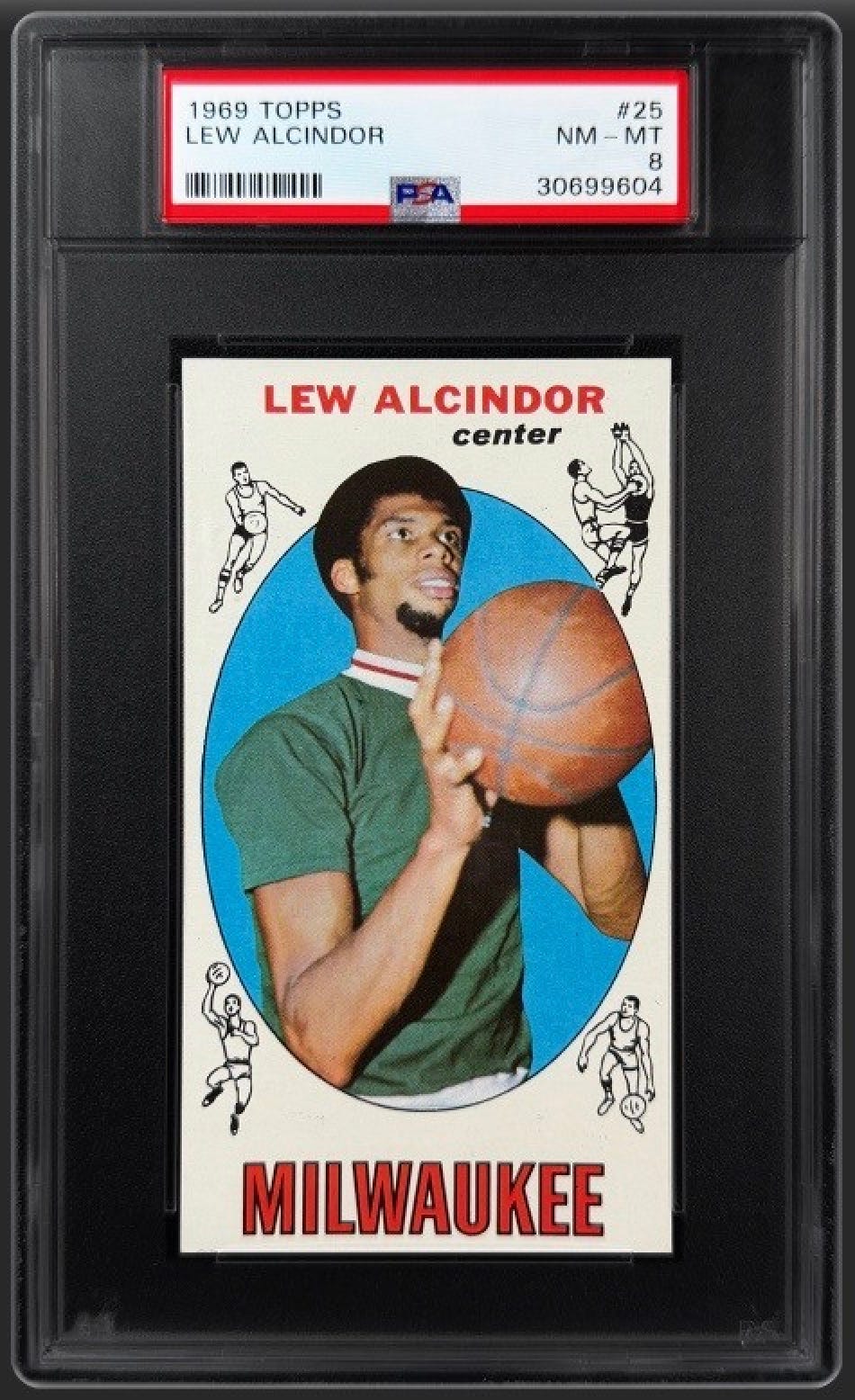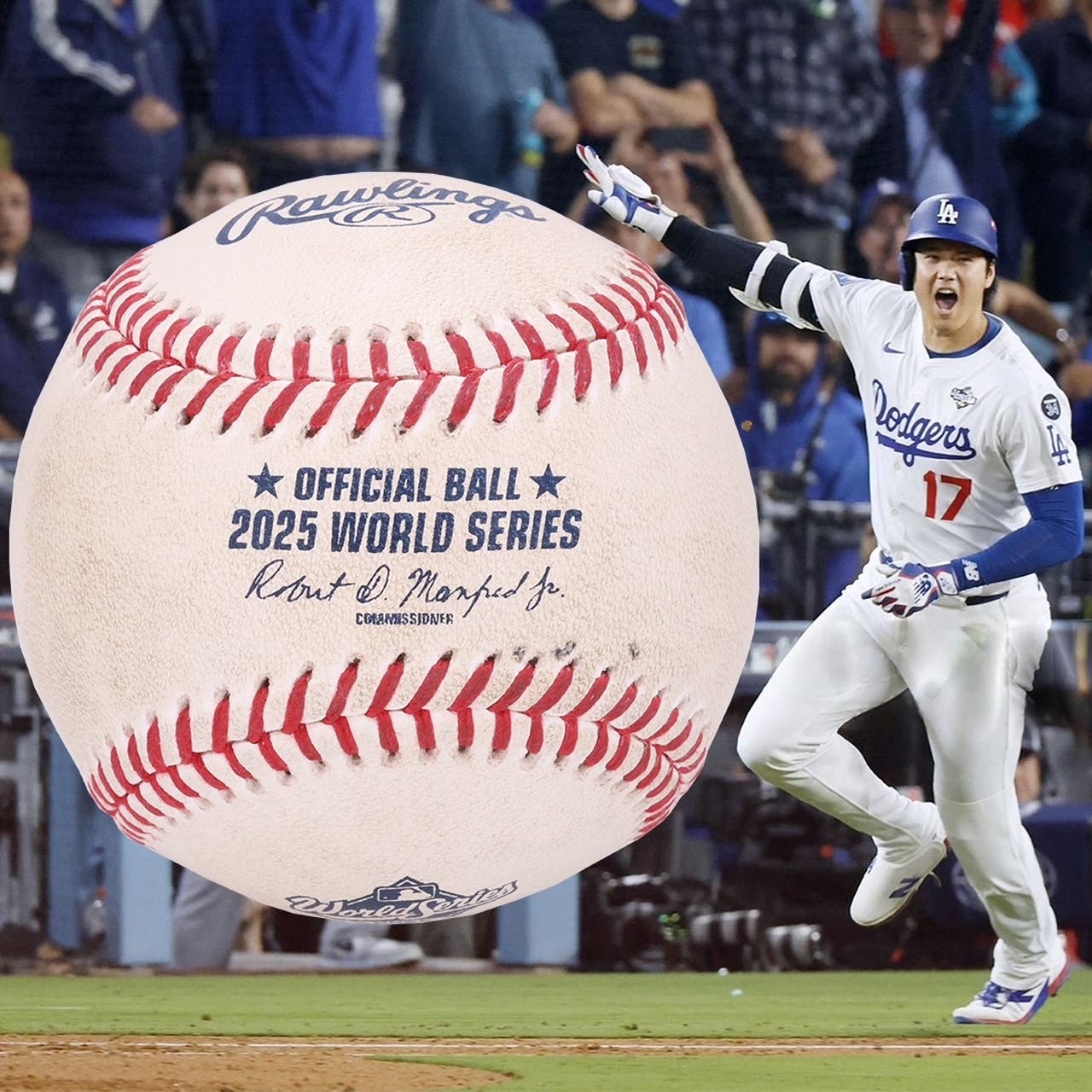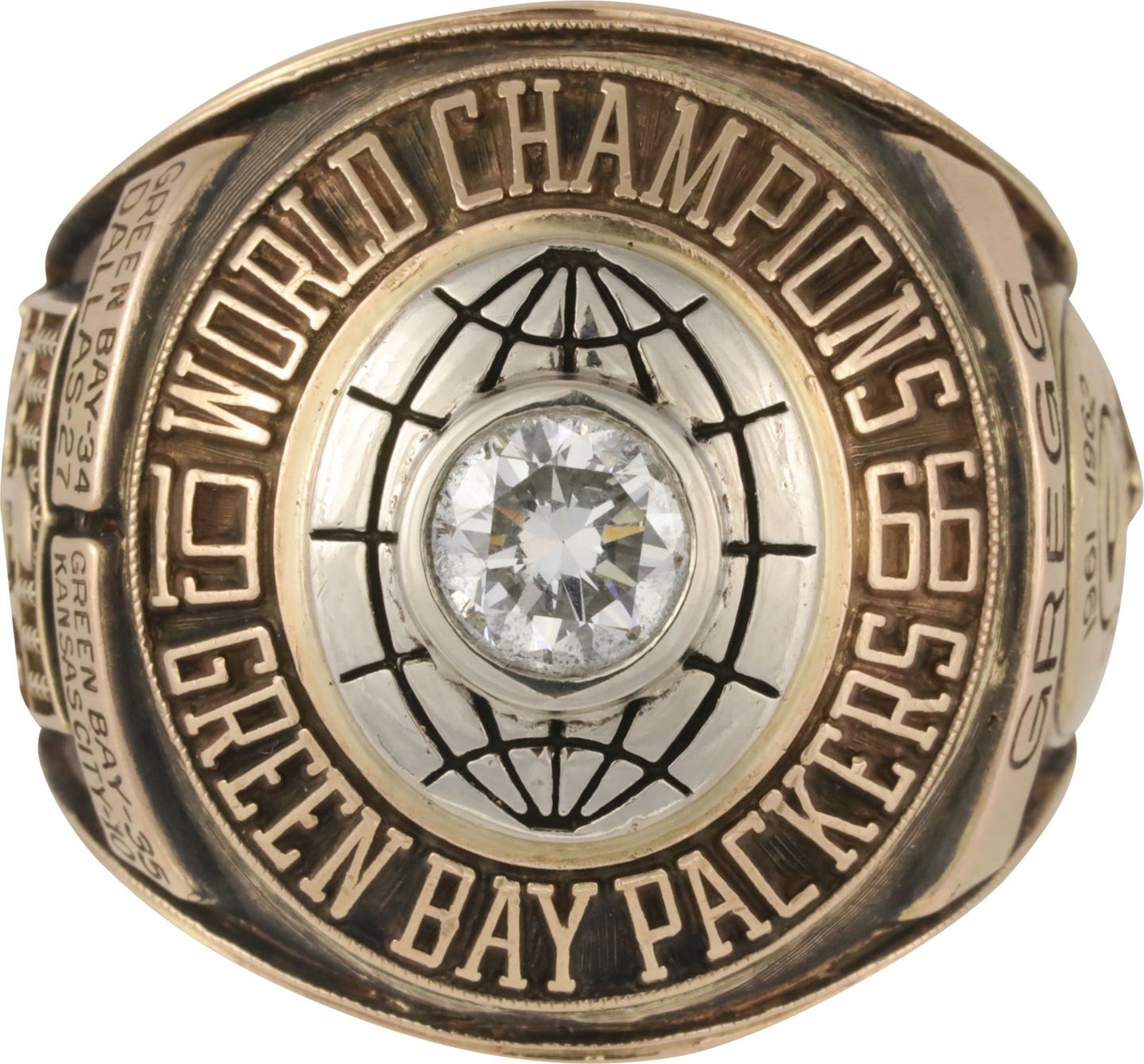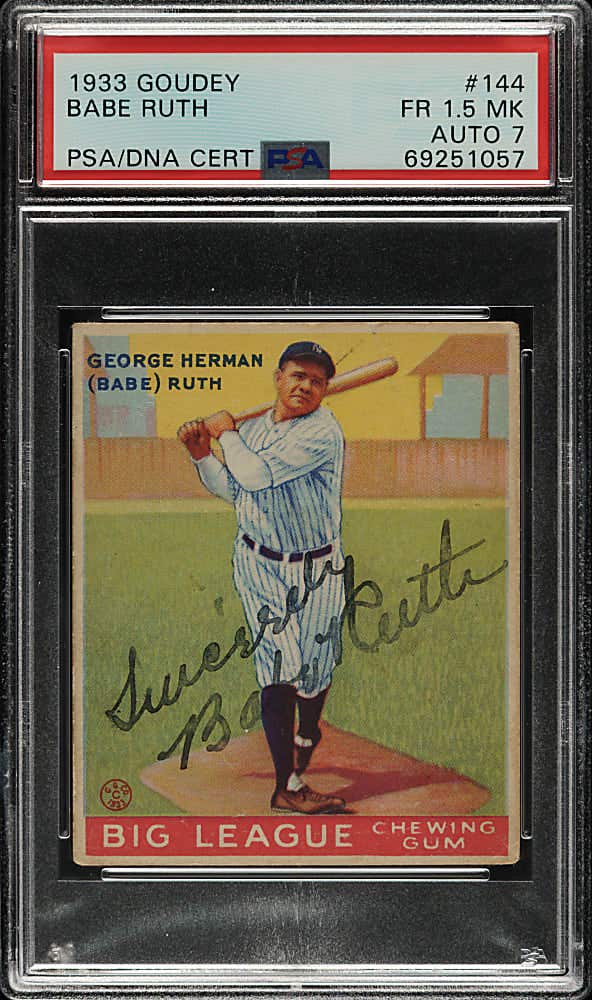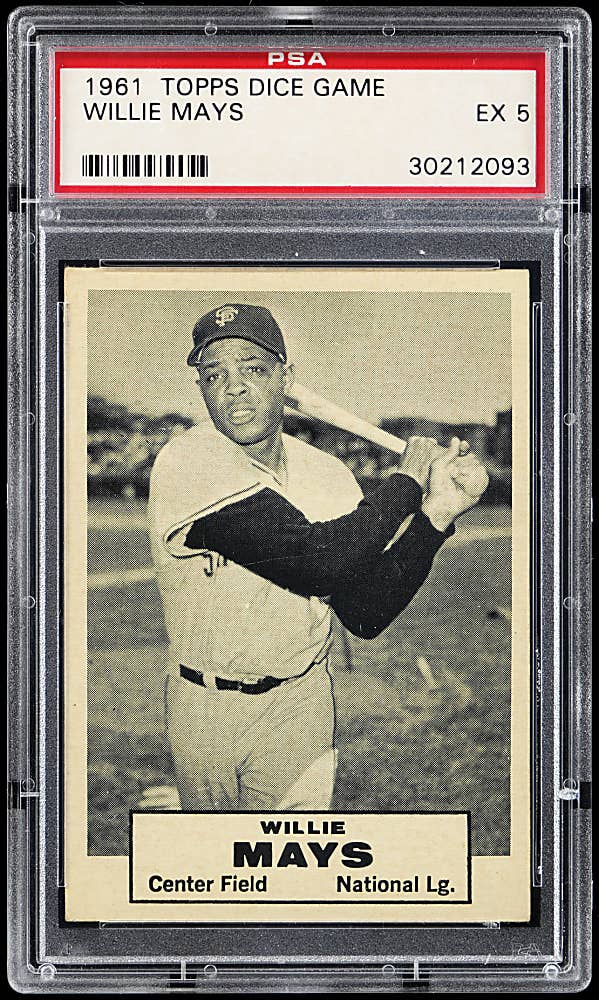Collecting 101
WLAF jerseys will enhance your collection
The World League of American Football was unique in that it was a transcontinental professional league. The WLAF fielded teams in North America as well as in Europe.
The league received some backing from the NFL, which hoped to use it as a means to develop inexperienced players. The WLAF survived for two spring seasons - 1991 and 1992. Despite having television deals with ABC as well as on cable with the USA Network, the World League never achieved the level of popularity in America that it enjoyed with European fans.
Due to low attendance figures in the American cities and disappointing television ratings, the NFL pulled its support from the WLAF after the 1992 season, and the league joined the WFL and USFL on the scrap heap of initially promising yet ultimately failed professional football endeavors.
Like its predecessors the WFL and USFL, the World League was not without ardent supporters. Attendance in the European cities of London, Frankfurt and Barcelona was healthy. The London Monarchs went on to be the league's inaugural champions, and 1991 home games were attended by large and raucous crowds, not unlike that which would populate a Manchester United soccer match. The Frankfurt Galaxy and Barcelona Dragons also drew well, as American football was embraced in those European cities.
To the contrary, the football crazy city of Birmingham, Ala., would routinely see crowds of fewer than 20,000 turn out to support the hometown Fire in the 80,000-seat Legion Field. The San Antonio Riders and Orlando Thunder also drew disappointing crowds in areas of the U.S. that are passionate about football.
Still, all was not bleak on the U.S. front where the WLAF was concerned. In the spring of 1991, I was privileged to be one of the 43,000 paying attendees populating Giants Stadium as the NY/NJ Knights battled the eventual champion London Monarchs. A crowd of more than 40,000 would be considered exceptional in any WLAF city - U.S. or European.
What other teams took part in the 1991-92 WLAF? There was one Canadian franchise, located in Montreal and called the Machine. In the Carolinas, the Raleigh-Durham Skyhawks, coached by NFL great Roman Gabriel, finished the 1991 season at 0-10 and did not survive for the 1992 campaign. They were replaced in 1992 by a squad in Columbus, Ohio, known as the Ohio Glory, which finished one better than the Skyhawks by going 1-9. There was a single California-based franchise, the Sacramento Surge, who were the league's 1992 champion. A total of 11 franchises took part in the original 1991-92 World League of American Football.
The uniforms worn by WLAF teams were designed to be eye-catching, and yet remained fairly traditional in their appearance. One departure from "tradition" was the lime green home jerseys donned by the Orlando Thunder. Where these gaudy, neon green jerseys are concerned, fans and collectors either love it or hate it. Personally, I think it is a sensational look and my enthusiasm for the jersey is shared by a number of others. Whenever I am fortunate enough to get my hands on one of these rare lime green beauties, it sells in fairly short order.
Wilson was the exclusive supplier of game uniforms to the WLAF, although a backup set of jerseys supplied by Fab-Knit did end up with the Barcelona Dragons. I have only seen one of these Fab-Knit Dragons jerseys, and I have been led to believe that the number of these jerseys supplied to the Barcelona squad was small.
WLAF teams did not year tag their jerseys. Aside from the rare Fab-Knit pieces, World League game jerseys bore the common Wilson tagging on the tail that the supplier utilized during the early 1990s. Spandex side panels were regular fare on the league's jerseys, and very few players wore cuffed or banded sleeves, including linemen.
It was not uncommon, however, to see WLAF players wearing sleeves tied tight with medical tape. I have handled a small number of Birmingham Fire jerseys with shoe laces tied into the sleeves for tightening. Overall, there was very little customization done to the league's uniform tops. While I don't endorse the use of game-used jerseys as apparel by collectors, WLAF jerseys would be conducive to casual wear because they were not often tweaked to fit tightly in the chest or waist.
World League jerseys were made of regular mesh, which included the shoulders and sleeves. The lone exception to this rule were the jerseys worn by the San Antonio Riders, which were "micro-mesh" - a light material with tinier holes than regular mesh. The numbers, sleeve logos and player's names were heat-pressed onto the league's jerseys. Nameplates were used in most instances.
It is difficult to distinguish a 1991 WLAF jersey from one worn in 1992, as there were no logo changes. Still, there are a few differences that will, in some cases, make date determination a cinch:
? The Raleigh-Durham Skyhawks played in 1991. The Ohio Glory played in 1992. Any questions? ? The 1991 San Antonio Riders jerseys did not sport the team logo on the sleeves. In 1992, the team added its logo to the jersey. ? In 1992, the Orlando Thunder stepped out with lime green sleeves on the road/white jerseys. The 1991 road jersey sleeves were white. ? The numbers on the 1991 Birmingham Fire road/white jersey were red, trimmed with navy. The 1992 numbers were reversed on the white - navy trimmed with red.
In a number of cases, you will notice letters of player's names on 1991 jerseys flaking and even rubbed off of the nameplate. An erstwhile WLAF equipment staffer told me that some of the 1991 jerseys had the player's names applied in too quick of a fashion. The heat press was not left on the letters for a sufficient enough time to allow for the letters to be adequately "sunk in." Evidently, the 1992 policy was to leave the heat on a bit longer, allowing for a more permanent positioning of the letters.
World League uniforms were indeed sharp in appearance. I have a difficult time deciding which ones I prefer. It very much depends on the day. The Ohio Glory made a patriotic statement with their blue, red and white uniform adorned with an eagle head surrounded by stars - red and white ribbon trailing from the American Eagle's beak.
The NY/NJ Knights chess piece with star for an eye looked great on the silver helmet. The black and silver color scheme would bring to mind the NFL Raiders, however the tasteful gold trim on the Knights uniform brings the look to another level.
To see quality color illustrations of WLAF uniforms, as well as the 1995 all-European version of the league and its morphing into NFL Europe, visit the Football Uniforms Site on the Web at www.oursportscentral.com/uniforms/wlafunis.html Arguably, the most well-known player to have worked in the WLAF would be Orlando Thunder quarterback Scott Mitchell, who went on to a solid career in the NFL. Still, if a football fan were to scan the WLAF rosters, there would be plenty of names that would bring about "Oh, yeah, I know who that guy is" moments.
The original World League of American Football fielded a quality product during its two year existence. And even though there were three European teams, nearly all of the players were Americans.
I remember the league fondly, and having a supply of game-used WLAF jerseys in my inventory helps keep those memories alive.
If you are a game-used uniforms collector, adding pieces from defunct leagues like WLAF will certainly enhance the quality of your collection.



